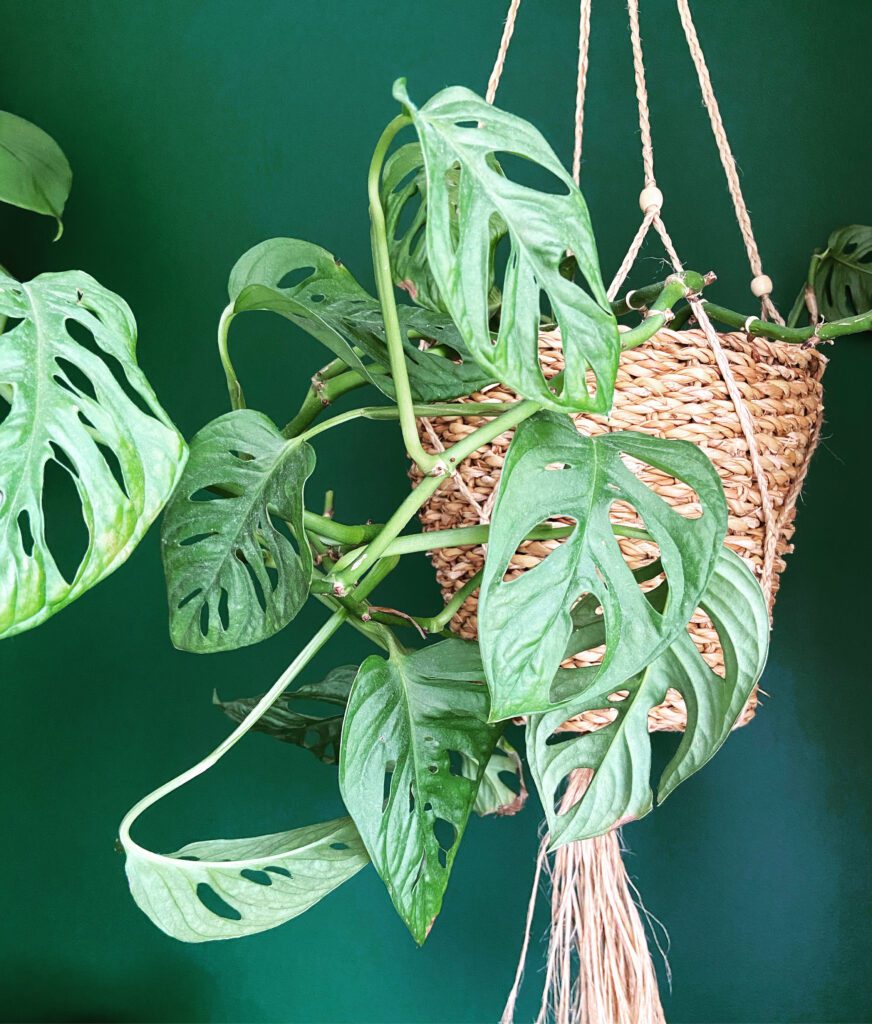We’re all ready for the warmer months, your plants too. As the seasons change, there are a few, easy plant care steps to consider to prepare your plants for the growing months to help them thrive before they go to sleep in Autumn again.
Here are a few easy steps to follow from April to October:
Water your plants more frequently during warmer months. Rising temperatures will cause the soil to dry out quicker, making your plants thirsty more often (always test the soil with your finger or by using a moisture meter before watering to make sure it needs a drink, please don’t just water!).

Move your plants away from large windows which allow strong, direct sun to filter through. Direct sun may cause leaf burn on some plants that don’t like to be in direct sun. Well established succulents, cacti, tradescantia, Fiddle Leaf Fig and Snake plants will thank you for direct sunshine. However, plants like Peace Lily, Monstera, Philodendron (plants with delicate leaves) need to be sheltered from direct sun.
Wipe your plant leaves monthly to remove dust. Use a microfibre cloth or a damp kitchen towel to wipe the top and bottom parts of your plant leaves. By removing dust from your plant leaves, you allow your plants to fully photosynthesize by taking necessary food and energy from the natural sunlight. Also a great opportunity to remove the temptation for pests to gather on the leaves.

Use a fertiliser during the growing months. A liquid houseplant fertiliser that dilutes in water works really well and depending on brand, you typically would fertilise every 2 weeks during the growing months. Look out for another blog post coming soon explaining why we need to fertilise our houseplants.
Start repotting those plants that have either outgrown their pots or that are in desperate need of a repot. It’s recommended to repot into larger pots and fresh soil every 1-2 years (or sooner if your plant has outgrown the pot). Repot into a pot with a diameter of about 3-4cm wider than the current pot. A fresh soil with a natural fertiliser mixed with bark and perlite works well. Look out for another blog post coming soon, explaining how to spot plants that need a repot. If you’d like the option of a pre-mixed soil, browse our soils here.

If you spot a dead leaf on your plant, chop it! By removing dead leaves from plants, we allow the plant to focus all energy on the healthy, growing parts of the plants, rather than on the dead parts of the plant.


© 2025 Grow My Wellbeing